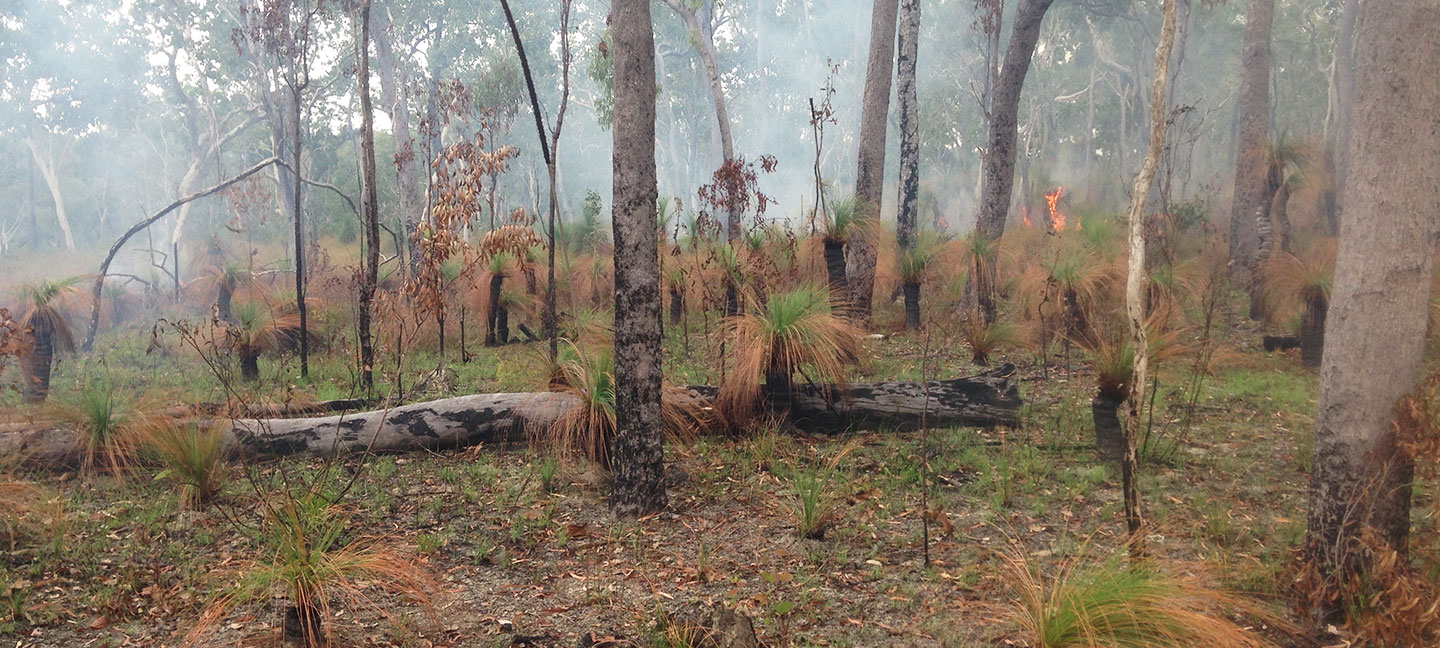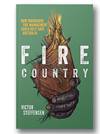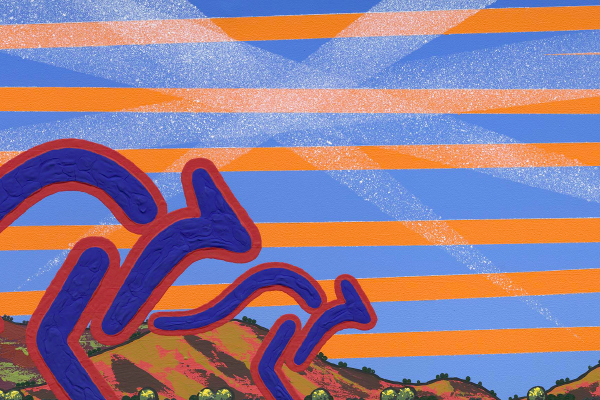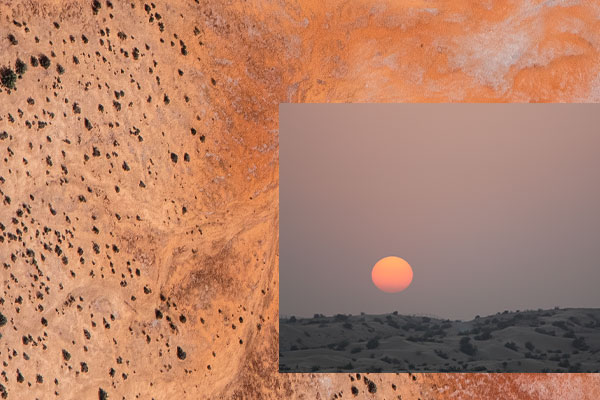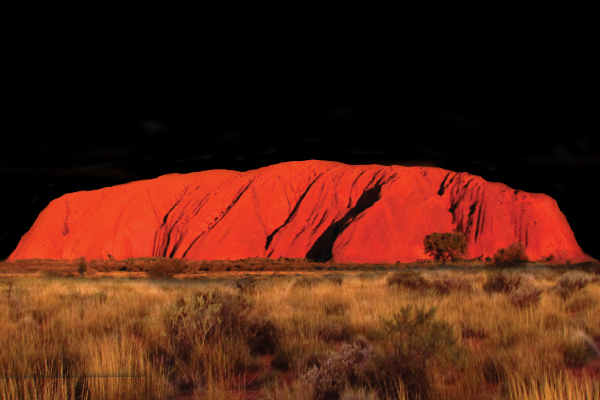Indigenous Fire Management
10 Feb 2020 | Victor Steffensen
Fire Country by Victor Steffensen is a book about Indigenous land management practices and a powerful account of First Nation people’s connection country. There is a marked difference between Aboriginal fire management and hazard reduction, Victor explains how the two systems differ in an edited extract below.
"When it comes to Aboriginal fire management, the old people didn’t burn every ecosystem"
The country loves us when we fit into the divine beauty of being a part of it. The old people would sing to the country all the time, through songlines and dances. Old TG would talk to the country and let everything know that we are about to apply the fire. It’s just like when people talk to their plants at home – some say the garden grows better as a result. The practices of using the resources helps to regulate country too. The harvesting of country was an important contributor to regulating the balance of the vegetation throughout the country.
There are different qualities of smoke that are used for medicine, communication, cooking, and spiritual uses. The old people made a strong point that when we burn country, the only thing that we intend to burn is the grass. The grass smoke helps with the flowering of the trees, to produce more seeds for germination. The trees bathe in the white smoke to improve their canopies, and the leaves give a gentle shimmering dance when the smoke comes into contact with them. The good, thin white, medicine smoke for the trees only comes from burning the grass.
When you stand in the grass smoke it doesn’t make you cough or sting your eyes as much as other types of smoke. You will soon cough and show signs of discomfort if you become smothered in darker or black smoke produced from oil-based vegetation types other than grass. There are some grasses like spinifex that produce a stronger smoke, but the majority of native grasses produce the thin, white smoke. Burning the leaves of the canopy or old, dead leaf litter also produces a harsher, darker smoke. The black smoke will form a plume high in the sky and can stick around for a few days after the burn. The oil content from the trees is released into the atmosphere and that is not a good thing for the country. The chemical and oil contents within the trees are for cultural and medicinal uses, and not to be burned into the atmosphere.
When it comes to Aboriginal fire management, the old people didn’t burn every ecosystem. Many people think that Aboriginal people burnt everything and applied fires that scorched large tracts of land. They also think it is like Western hazard reduction, but it is all far from the truth. How could they maintain the diversity of ecosystems and natural resources for thousands of years through the careless application of fire? Aboriginal fire knowledge is based on country that needs fire, and also country that doesn’t need fire. Even country we don’t burn is an important part of fire management knowledge and must be within the expertise of a fire practitioner.
It is not only bad for the country having the trees all burnt, but also bad for the atmosphere to take in all of those chemicals. There are so many connections of communication within the landscape – we have no idea of what they are capable of. The roots of the trees and plants create a whole connected web that communicate and support each other. The animals constantly talk with each other and leave signs in the landscape that forms a language within their shared kingdom. There are many frequencies of sound we don’t hear or know of and they are all around us.
"The solution to the fires is not to bring back the same old arguments and division within the community."
I’d love for the government to effectively jump in the passenger seat and let us drive for a change. Being in the passenger seat means that they are still in the same car, so we won’t leave them behind. But most of the time we are not even in the car and they just drive off, leaving us in the dust. We watch the car zoom off down the road and then we see it pull over in the far distance, breaking down. We sit in the dust and wait patiently for them to come back and pick us up.
The solution to the fires is not to bring back the same old arguments and division within the community. It’s time to put together a whole new national approach that this nation has never seen before. It will take everyone being involved and listening to all the expertise that is positive and helps make it happen.
All text extracted from Fire Country by Victor Steffensen
Available from 18th Feb 2020 in all good bookstores and online
Click here to find your preferred online retailer.
